From the Cantabrian Sea to Toledo: The Hispanic “Mass Neuter” within a Romance and Typologycal Context
Keywords:
count/mass, semantic agreement, pronouns vs. adjectives, modifier vs. predicate, neuter in RomanceAbstract
This study aims to account for the various grammatical manifestations of the so-called “mass neuter” in the Iberian Peninsula based on the data collected for the Oral and Sound Corpus of Rural Spanish (COSER). It is shown that this phenomenon is not limited to Asturias and Cantabria but also extends throughout Castile from the Cantabrian mountain range to the mountains of Toledo, and it is proved that the factors conditioning its appearance are essentially the same throughout the area. The behavior of the Hispanic varieties is contrasted with that of other European languages with mass or neuter agreement (central and southern Italian, Romansch, certain English, Swedish and Danish dialects), which leads to the conclusion that the Hispanic mass neuter agreement is consistent with the universal semantic agreement hierarchy, as is also the case of the other languages and dialects mentioned above. According to the diffusion pattern of this hierarchy, it is possible that the Hispanic mass neuter agreement originally stemmed from an extension of the meaning and characteristic morphology of the neuter demonstrative pronouns of the Romance languages.

















